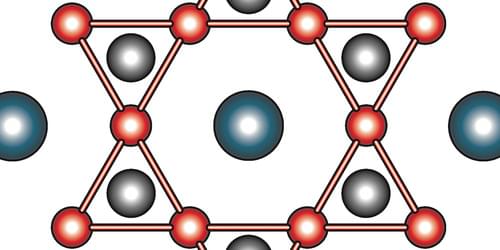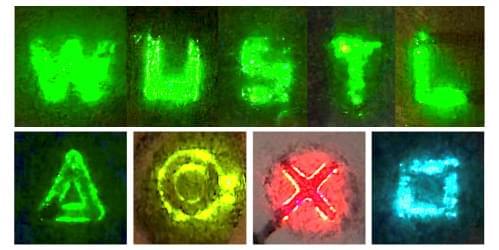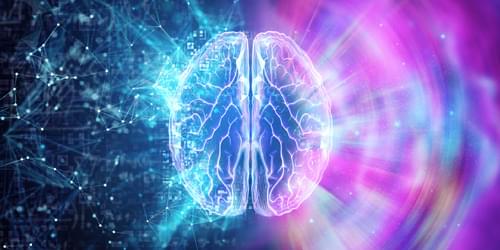Storm Lee hits Nova Scotia, bringing high winds, rough surf, and torrential rains to New England and Maritime Canada.


Vertical farming saves water, land, and energy — and it could be how we grow food on Mars.
Subscribe here: http://freeth.ink/youtube-subscribe-verticalfarming.
Vertical farming is a type of indoor farming where crops are grown in stacked layers, rather than spread out across large plots of land. These farms offer many benefits over traditional ones, including the prospect of better access to healthy foods in underserved communities.
Because vertical farms use LED lighting, their output isn’t subject to the natural elements that typically affect plant production such as adverse weather, insects, and seasons.
They’re better for the environment because they require less energy and put out less pollution, without a need for heavy machinery, pesticides, or fertilizers. Additionally, soil-less farming methods like aeroponics require just 10% of the amount of water consumed by outdoor farms.
Adopting these sustainable farming practices could lead to a monumental shift in how we produce food on Earth, and enable us to create a reliable food source beyond our planet.




Using a ballpoint pen filled with specially formulated inks, scientists have designed LEDs that can be drawn on everyday materials.
Even in our digital age, ballpoint pens are an irreplaceable tool for writing down flashes of inspiration or signing legally binding documents. The ink flowing through these everyday objects has always been a passive absorber of light, but Junyi Zhao from Washington University in St. Louis and colleagues have now changed that [1]. The team has designed a ballpoint pen that writes with ink that produces light as a light emitting diode (LED).
LEDs are used in everything from TV screens to lightbulbs. They are often made using highly tunable semiconducting materials called halide perovskites. However, these devices have traditionally been time and energy intensive to fabricate, and they do not easily adhere to nonuniform substrates, such as fabric and plastic.

A mathematical model shows how increased intricacy of cognitive tasks can break the mirror symmetry of the brain’s neural network.
The neural networks of animal brains are partly mirror symmetric, with asymmetries thought to be more common in more cognitively advanced species. This assumption stems from a long-standing theory that increased complexity of neural tasks can turn mirror-symmetric neural circuits into circuits existing in only one side of the brain. This hypothesis has now received support from a mathematical model developed by Luís Seoane at the National Center for Biotechnology in Spain [1]. The researcher’s findings could help explain how the brain’s architecture is shaped not only by cognitively demanding tasks but also by damage or aging.
A mirror-symmetric neural network is useful when controlling body parts that are themselves mirror symmetric, such as arms and legs. Moreover, the presence of duplicate circuits on each side of the brain can help increase computing accuracy and offer a replacement circuit if one becomes faulty. However, the redundancy created by such duplication can lead to increased energy consumption. This trade-off raises an important question: Does the optimal degree of mirror symmetry depend on the complexity of the cognitive tasks performed by the neural network?

Neutrinos, the tricky little particles that just stream through the Universe like it’s virtually nothing, may actually interact with light after all.
According to new calculations, interactions between neutrinos and photons can take place in powerful magnetic fields that can be found in the plasma wrapped around stars.
It’s a discovery that could help us understand why the Sun’s atmosphere is so much hotter than its surface, say Hokkaido University physicist Kenzo Ishikawa and Yutaka Tobita, a physicist from Hokkaido University of Science – and, of course, to study the mysterious ghost particle in greater detail.

The curvature of space-time around a colossal mass has yielded the most detailed measurement of the cosmic distribution of dark matter yet.
Aided by a gravitational lens, a team led by cosmologist Kaiki Taro Inoue of Kindai University in Japan has mapped the mysterious form of matter on the smallest scale we’ve ever seen, with a resolution of just 30,000 light-years.
That might seem large, but when you consider that the Milky Way is about 100,000 light-years across, it’s more impressive. The researchers have been able to map something we can’t even see down to a scale less than a third of the size of our galaxy, across more than 7.5 billion light-years. That’s amazing.
A team of researchers, led by a University of Hawai’i (UH) at Manoa planetary scientist, discovered that high energy electrons in Earth’s plasma sheet are contributing to weathering processes on the Moon’s surface and, importantly, the electrons may have aided the formation of water on the lunar surface. The study was published today in Nature Astronomy.
Understanding the concentrations and distributions of water on the Moon is critical to understanding its formation and evolution, and to providing water resources for future human exploration. The new discovery may also help explain the origin of the water ice previously discovered in the lunar permanently shaded regions.
Due to Earth’s magnetism, there is a force field surrounding the planet, referred to as the magnetosphere, that protects Earth from space weathering and damaging radiation from the Sun. Solar wind pushes the magnetosphere and reshapes it, making a long tail on the night side. The plasma sheet within this magnetotail is a region consisting of high energy electrons and ions that may be sourced from Earth and the solar wind.